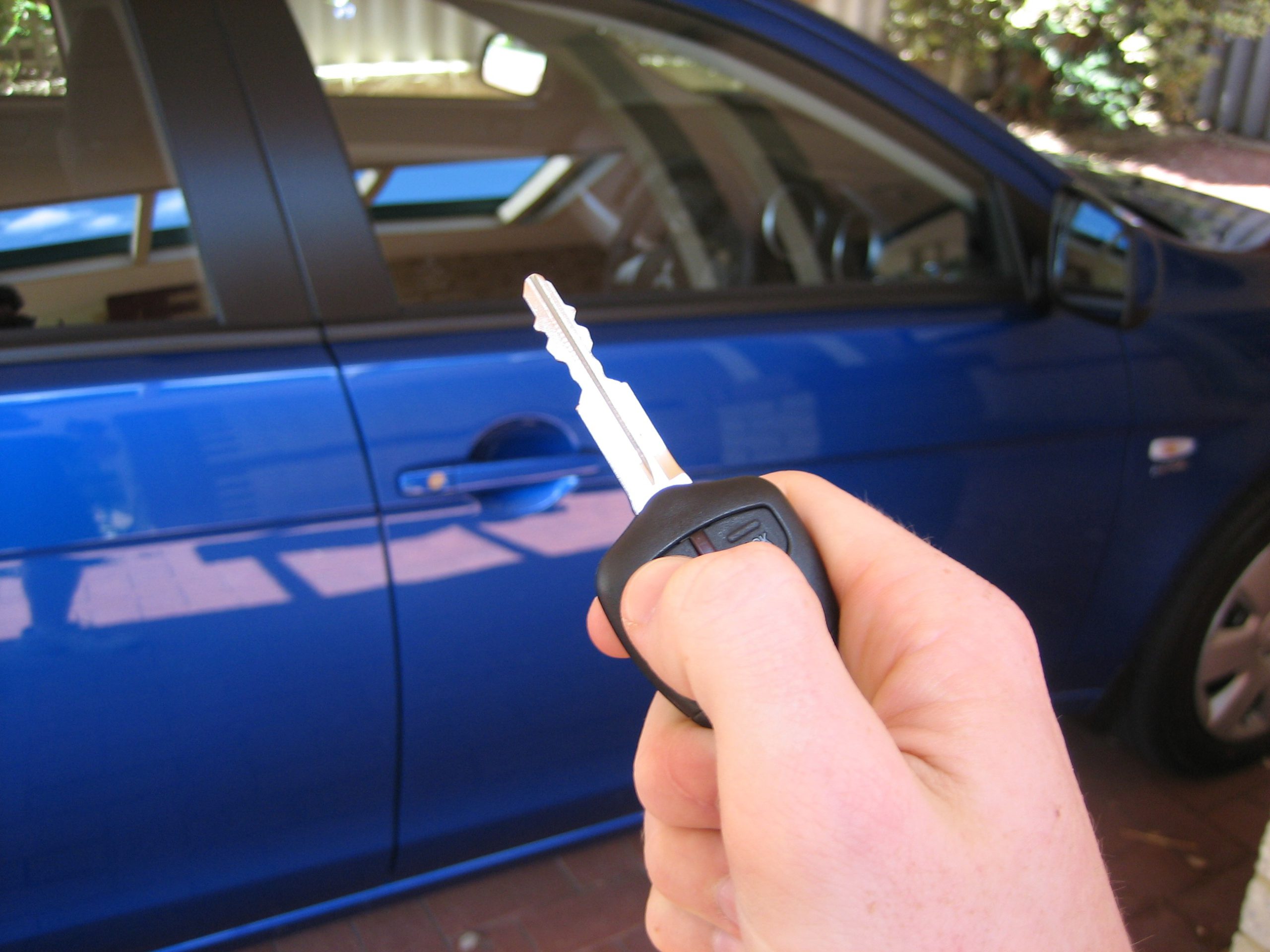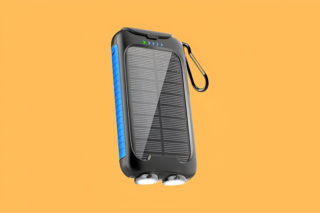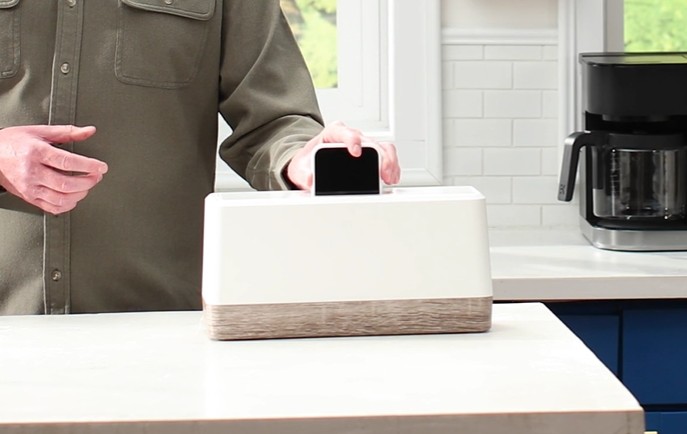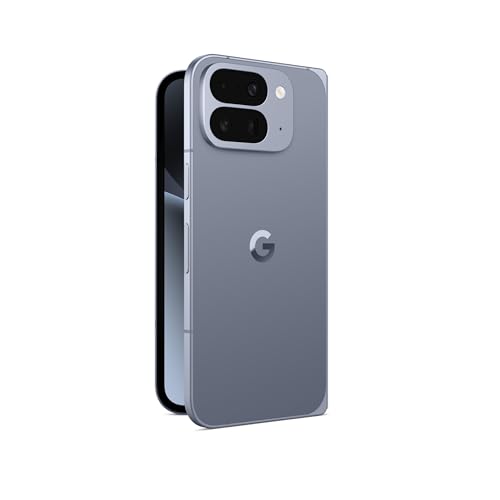Dead fob battery in a parking garage at midnight? That sinking feeling hits different when you’re miles from home and facing a locksmith bill that costs more than your dinner date. Every modern key fob contains a hidden physical key blade designed exclusively for this exact nightmare scenario—yet most drivers have no clue it exists.
Finding Your Fob’s Hidden Escape Hatch
Small latches and seams conceal emergency keys in nearly every vehicle.
Look for a tiny latch, button, or seam along your fob’s side, end, or near the keyring loop. Press or slide this mechanism to release the mechanical key blade from within the plastic casing. The process feels like opening a particularly stubborn AirPods case—satisfying once you figure out the trick. Instructions remain generally uniform across manufacturers, though each brand adds its own subtle twist to the release mechanism.
Your Door’s Identity Crisis
Modern vehicles hide lock cylinders behind removable plastic covers.
Here’s where things get sneaky. Your car’s actual keyhole often hides beneath a removable plastic cover on or under the driver’s door handle. Use your newly extracted key to pry off this cover, revealing the mechanical lock cylinder underneath. This backup key typically unlocks only the driver’s door—don’t expect it to work on other doors or start your engine directly in push-button vehicles.
The Full Emergency Protocol
Dead fobs still enable engine starting through proximity tricks.
Once inside, you’re not stranded. Most push-to-start vehicles offer backup procedures for dead fob situations. Place your dead fob directly against the start button, or insert it into a designated “transmitter pocket“—usually hiding in the center console, under cup holders, or within dashboard compartments. Your owner’s manual reveals the exact location for your specific model, because automotive engineers love variety across different brands and trim levels.
Practice Makes Perfect Timing
Familiarity prevents panic during actual emergencies.
Try this process once while parked safely at home. Muscle memory beats frantic Googling in dark parking lots. Some models, particularly certain Subarus, have quirks—keys that unlock but won’t lock doors, or proximity requirements that seem arbitrary. Your proactive five-minute tutorial today prevents hours of frustration later, plus you’ll finally understand why that tiny piece of metal has been hiding in your fob all along.





























